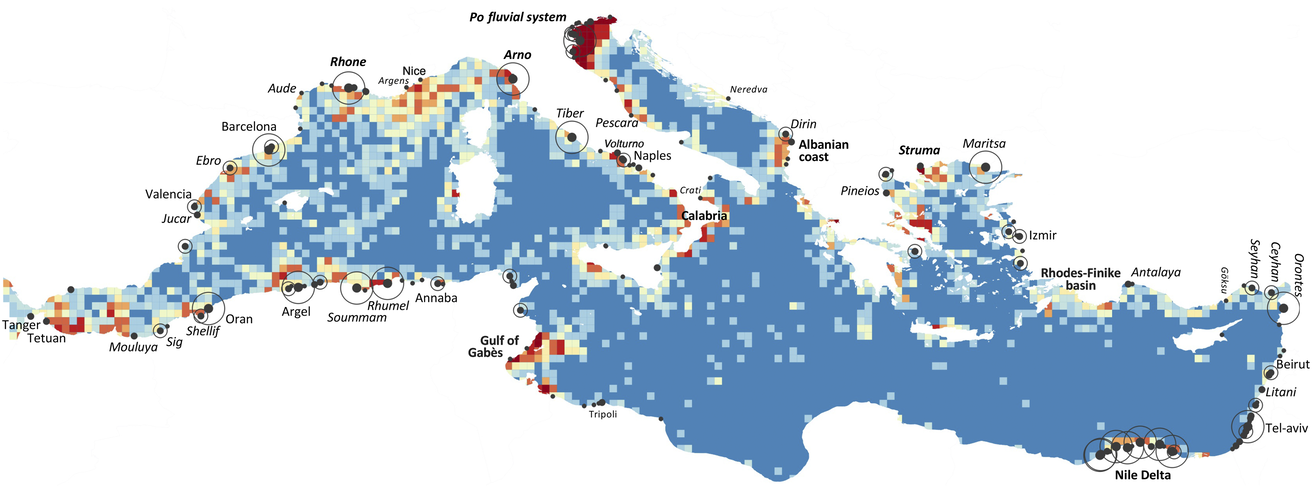
Andrés Cózar adds: “There is still room for improvement. The sensor used in our proof was not designed to detect plastic. Detection capability would be enormously improved if we put observation technology into orbit tailored for ocean plastics.”
The ability to monitor marine litter pollution in this way also holds broader promise. The deployment of a sensor specifically dedicated to detect and identify floating objects one metre in size could also be useful for tasks such as oil spill monitoring, loss of cargo or even search and rescue at sea.
Paolo Corradi, overseeing the project for ESA Discovery, comments: “The importance of these results and the applicability of this methodology can indeed be extended in a wider sense to the monitoring and characterisation of generic floating matter accumulations. This could be the more general target of a dedicated small satellite mission, which would collect the interest of a large scientific community, while addressing the need for large scale monitoring of marine litter pollution.”
“ESA Discovery is our funding programme to ensure our Agency is ready for tomorrow, looking into future ways we might make use of space,” comments Dietmar Pilz, ESA Director of Technology, Engineering and Quality. “The potential detection of marine plastic litter has been a topic of interest for a number of years within ESA Discovery. I am pleased to see this work has resulted in such a landmark scientific paper, exploiting the incredible value of the data from Europe’s Copernicus satellites.”



